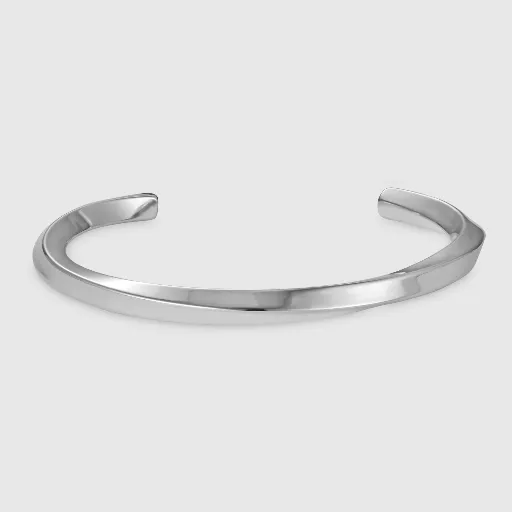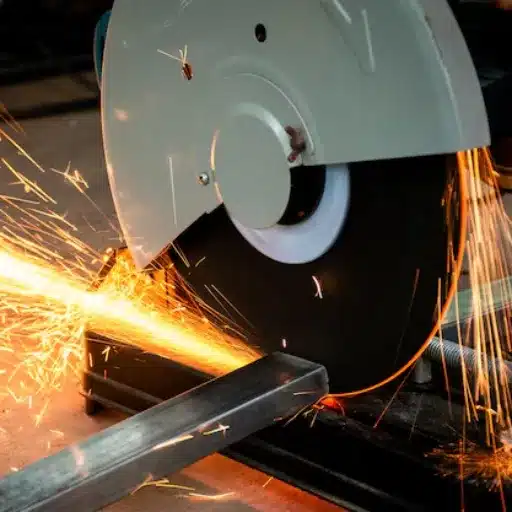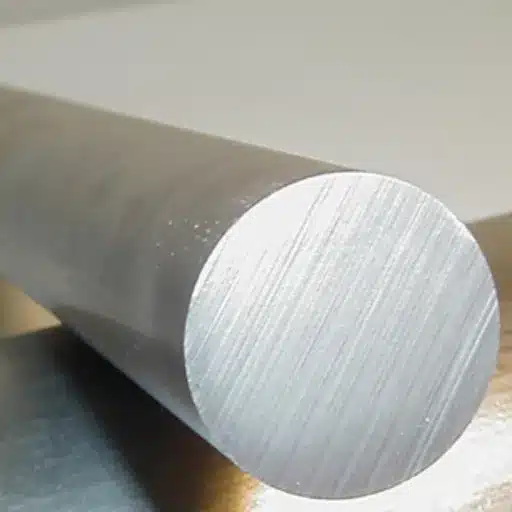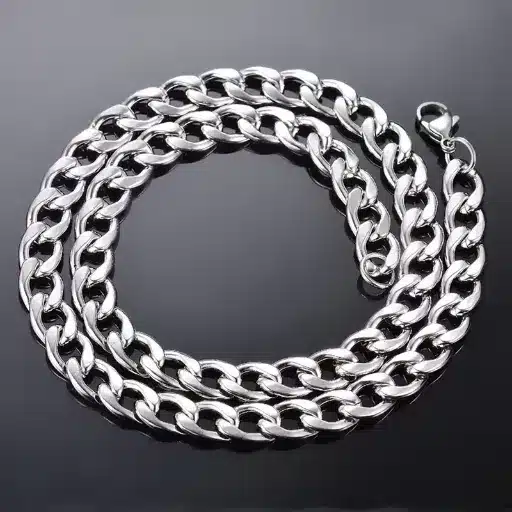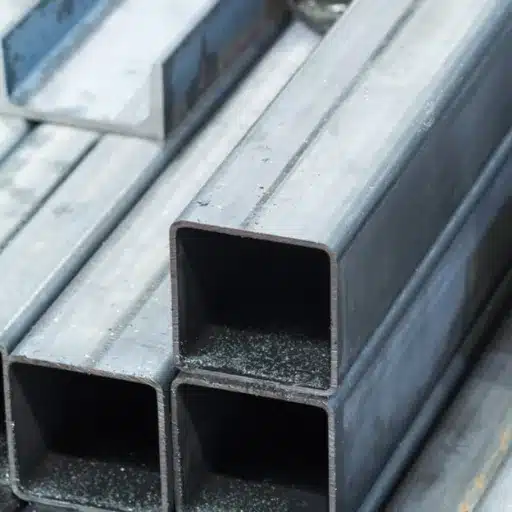To select the most suitable type of stainless steel for your application, it’s essential to understand how the different grades compare to each other. The most common comparison made is between 304 and 430 stainless steel. Both of them enjoy popularity in many industries due to their desirability, durability, and function, but this also illustrates why they can be employed in different ways. This piece will examine the differences between 304 and 430 stainless steel grades in various aspects, including factors such as structure, resistance to acids, pricing, and common application areas. If you are in the manufacturing field or seeking advancement, this page will help you understand the various choices of stainless steel available to meet your needs.
Introduction to Stainless Steel Grades
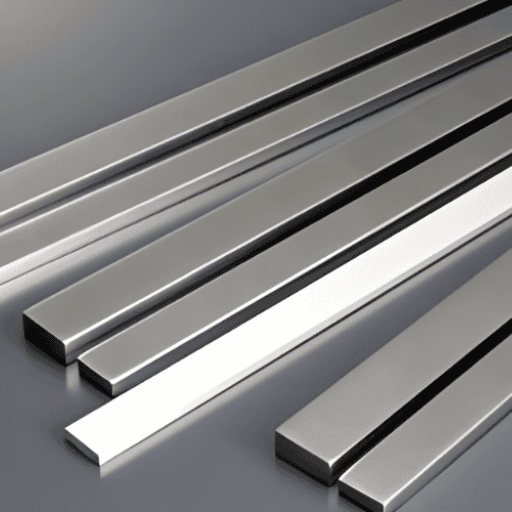
Stainless steel is an adaptable, or when needed, a robust material resistant to degradation in many environments. Out of the numerous grades available, 304 and 430 are probably the most commonly used, and each has its unique characteristics. Grade 304 belongs to the austenitic stainless steel family, which is known for its superior corrosion resistance and excellent ductility, making it particularly useful in food processing units and hospital appliances. However, grade 430 belongs to the ferritic stainless steel family, which is relatively inexpensive and resistant to oxidation, making it suitable for use in the manufacturing of decorative items and kitchenware in certain climates. These variances, when understood well, facilitate in determining the correct grade of stainless steel to be used for a particular application.
What is Stainless Steel?
Stainless Steel is a metallic alloy primarily composed of iron and chromium, with possible additions of other elements such as nickel or carbon, designed to exhibit high resistance to deterioration and strong tensile properties under various conditions.
Importance of Stainless Steel Grades
The grades of stainless steel highly determine the performance, durability, and suitability of the alloy for particular uses. Every grade has its unique requirements for properties, including corrosion resistance, strength, heat resistance, or specific aesthetic requirements. A good example is the widely used 304 stainless steel, which comprises 18% chromium and 8% nickel, rendering it useful for both domestic and industrial purposes due to its corrosion resistance and multifunctional features, including its flexibility. In contrast, grade 316 stainless steel consists of 16% chromium, 10% nickel, and 2% molybdenum, resulting in a chemical composition that incurs higher costs. Such chemical composition is more resistant even to the harshest and challenging environments, such as those malmesy or brine-rich, thus being highly used in marine and chemical processing industries.
According to recent statistics, the worldwide production of Grade 304 accounts for approximately 70% of the total stainless steel production. 304 vs. 430 stainless steel grades are preferred depending on the result, including pricing and capability, which are trade-offs most of the time. As for the 316 grade, it is consumed by only 20 percent because it performs well in high-temperature conditions, offering greater resistance in such situations. Additionally, there is a growing demand for duplex configurations of austenitic and ferritic stainless steels in products with enhanced mechanical properties, particularly in petrochemical applications.
The choice of stainless steel type is Important as it relates to the shelf life, risk factors, and how efficient the application will be in the end. The optimality of any project, in terms of both cost and output, will be achieved by understanding the chemistry, engineering properties, and working conditions for each grade.
Overview of 304 VS 430 Stainless Steel
| Parameter | 304 Stainless Steel | 430 Stainless Steel |
|---|---|---|
| Type | Austenitic | Ferritic |
| Chromium Content | 18-20% | 16-18% |
| Nickel Content | 8-10.5% | None |
| Corrosion Resistance | Excellent | Very High |
| Magnetic Properties | Non-magnetic | Magnetic |
| Weldability | High | Limited |
| Formability | Very Good | Good |
| Machinability | Fair | Good |
| Hardness (Rockwell B) | 70 | 85 |
| Tensile Strength | 73,200 psi | 75,000 psi |
| Yield Strength | 31,200 psi | 50,000 psi |
| Elongation at Break | 70% | 25% |
| Thermal Conductivity | Moderate | Better than 304 |
| Cost | Higher | Lower |
| Applications | Food, medical, automotive, aerospace | Appliances, automotive, decorative |
Properties of 304 and 430 Stainless Steel
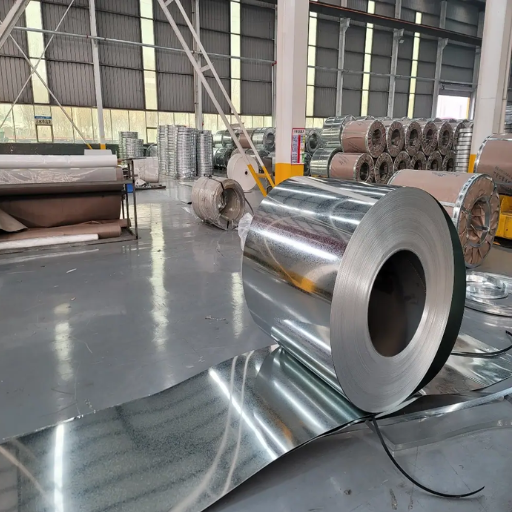
| Property | 304 Stainless Steel | 430 Stainless Steel |
|---|---|---|
| Type | Austenitic | Ferritic |
| Chromium Content | 18-20% | 16-18% |
| Nickel Content | 8-10.5% | None |
| Corrosion Resistance | Excellent | Very High |
| Magnetic Properties | Non-magnetic | Magnetic |
| Weldability | High | Limited |
| Formability | Very Good | Good |
| Machinability | Fair | Good |
| Hardness (Rockwell B) | 70 | 85 |
| Tensile Strength | 73,200 psi | 75,000 psi |
| Yield Strength | 31,200 psi | 50,000 psi |
| Elongation at Break | 70% | 25% |
| Thermal Conductivity | Moderate | Better than 304 |
| Heat Resistance | High | High |
| Cost | Higher | Lower |
| Applications | Food, medical, automotive, aerospace | Appliances, automotive, decorative |
Chemical Composition
Steel grades like 304 and 430 stainless steel differ from each other. Their chemical composition is responsible for it. Here are the five most important differences:
- Presence of Chromium:
In 304 stainless steel: About 18 – 20%
In 430 stainless steel: About 16 – 18%.
- Presence of Nickel:
In 304 stainless steel: About 8 – 10.5%
In 430 stainless steel, Hardly any.
- Carbon:
In 304 stainless steel: Not over 0.08%
In 430 stainless steel: Not over 0.12%
- Manganese:
In 304 stainless steel: Not more than 2.00%
In 430 stainless steel: Not more than 1.00%
- Silicon:
In 304 stainless steel: Not more than 0.75%
In 430 stainless steel: Not more than 1.00%
The mechanical properties, the protective ability against corrosion and their use in different regimes of the applications show significant differences between the two alloys because of the differences in the alloy chemical composition.
Physical Properties
- Property: Density
- Material 1: 304 Stainless Steel, Values: 8.00 g/cm³
- Material 2: 430 Stainless Steel, Values: 7.70 g/cm³
- Property: Melting point
- Material 1: 304 Stainless Steel, Values: 1,400°С – 1,450°С (2,552°F – 2,642°F)
- Material 2: 430 Stainless Steel, Values: 1,420°С – 1,445°С (2,588°F – 2,633°F)
- Property: Thermal Conductivity
- Material 1: 304 Stainless Steel, Values: 16.2 W/m·K at ambient stage
- Material 2: 430 Stainless Steel, Values: 23.9 W/m·K at ambient stage
- Property: Modulus of Elasticity
- Material 1: 304 Stainless Steel, Values: About 193 GPa
- Material 2: 430 Stainless Steel, Values: About 200 GPa
- Property: Electrical resistance
- Material 1: 304 Stainless Steel, Values: 0.72 µΩ·m at 20°С
- Material 2: 430 Stainless Steel, Values: 0.60 µΩ·m at 20°С
Magnetic Properties
- Magnetic Permeability
- 304 Stainless Steel: Has a low magnetic permeability that is usually close to or equal to 1.
- 430 Stainless Steel: Has high magnetic permeability, thus easily attracts magnets.
- Ferromagnetic Behavior
- 304 Stainless Steel: It is almost always non-ferromagnetic in the annealed state; however, it can become slightly magnetic after extensive plastic deformation.
- 430 Stainless Steel: Is completely ferromagnetic on account of its ferritic composition.
- Magnetic Saturation
- 304 Stainless Steel: Extremely low magnetic saturation because it is austenitic steel.
- 430 Stainless Steel: Has a significant magnetic saturation, and this is understandable owing to its ferritic nature.
- Residual Magnetism
- 304 Stainless Steel: Has low residual magnetism even when subjected to magnetic hysteresis.
430 Stainless Steel: Has high residual magnetism left after magnetic exposure.
- Relative Magnetic strength
- 304 Stainless Steel: Hardly magnetic, if at all, and therefore can only serve in limited magnetic applications.
- 430 Stainless Steel: Exhibits strong magnetic properties, making it suitable for equipment such as induction hobs and magnetic tapes.
Corrosion Resistance: 304 vs 430
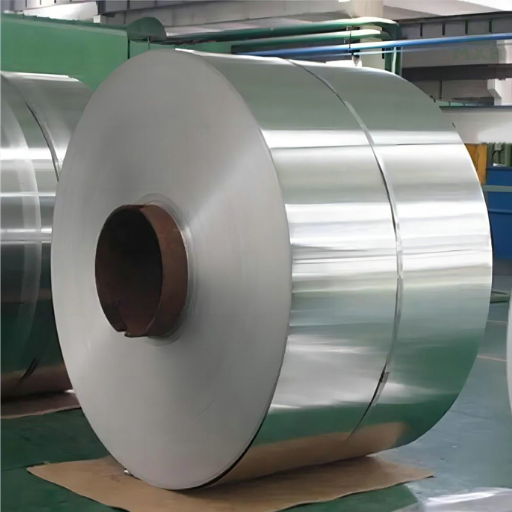
- 304-grade steel is an excellent choice for outdoor work and applications where exposure to water, salt, and chemicals is a factor. This is because the steel is highly resistant to corrosion due to its high chromium and nickel content.
- The 430 grade of stainless steel, on the other hand, exhibits some corrosion resistance, but rusting and staining can be significant problems, especially under extremely stressful environmental conditions. However, this type of stainless steel is ideal for indoor or dry climate regions and is less problematic in shielding against elements.
Corrosion Resistance of 304 Stainless Steel
304 stainless steel is renowned for its exceptional corrosion resistance. This quality is most important due to the alloy’s composition, specifically the combination of chromium and nickel components, which form a protective oxide film on the surface. Consider the following as a list of various factors and features that contribute to the corrosion resistance of 304 stainless steel:
- Exposure To The Elements
304 stainless steel does not degrade when in contact with the atmosphere or materials containing moisture, or when exposed to any levels of contamination or atmospheric pollution. Therefore, it can be used whenever the material might be exposed to the outdoors.
- Environments With High Levels Of Moisture
Under high-moisture atmospheric conditions, it is again most effective as an oxidizing film, preventing damage and the formation of rust.
- Resistance to Salt Spray
It can be stated that, in comparison to marine-grade stainless steel (for example, 316), 304 stainless steel is not as robust, but it can be exposed to saltwater spray on occasion without heavy corrosion taking place.
- Chemical Resistance
The ability to resist effectively against many acids, alkalis, and organic solvents enables it to be applied in numerous industrial and chemical functions.
- Food Safety
This highly corrosion-resistant 304 stainless steel is primarily used on every food contact surface and in conditions where food is either acidic or salty, which would otherwise cause contamination and rusting of other metals.
Corrosion Resistance of 430 Stainless Steel
- Resistance Against Oxidation
This grade of stainless steel has a high resistance to oxidation and the formation of scale at elevated temperatures. It is, therefore, appropriate for use in kitchen hoods and even automotive trims.
- Resistance Against Non-Corrosive Acids
It behaves well in mild acids such as vinegar and citrus juice without causing harm. It preserves constant physical and mechanical characteristics for working household appliances and decorative coatings.
- Resistance Against Humid Conditions
The ability to resist rusting is not as practical as that of 304 stainless steel, as it still rusts in the presence of moisture, albeit at a lower capacity. 323, however, is more cost-effective when used indoors.
- Resistance Against Stress Cracking due to Chloride
As it meets moderate levels of stress and age-hardening, which is less than that of austenitic steels, 304 vs 430 has some merit as they can endure, to some extent, in the presence of chloride ions.
- Resistance Against Organic Processes
It withstands organic substances and oxidation that causes reactions, and thereby makes it fit for several industries and processes.
Comparative Analysis of Corrosion Resistance
| Parameter | 304 Stainless Steel | 430 Stainless Steel |
|---|---|---|
| Corrosion Resistance | Excellent | Very High |
| Chloride Resistance | Resists up to 400 mg/L | Limited in chloride environments |
| Pitting Resistance | High | Moderate |
| Crevice Corrosion Resistance | High | Moderate |
| Stress Corrosion Cracking | Susceptible above 60°C | Highly resistant |
| Acid Resistance | Good in acidic environments | Good in oxidizing acids |
| Surface Finish Impact | Polished improves resistance | Polished improves resistance |
| Welded Corrosion Resistance | Excellent with low-carbon variants | Limited |
| Suitability for Marine Use | Suitable | Not recommended |
| Cost Impact on Resistance | Higher cost, better resistance | Lower cost, moderate resistance |
Applications of 304 and 430 Stainless Steel
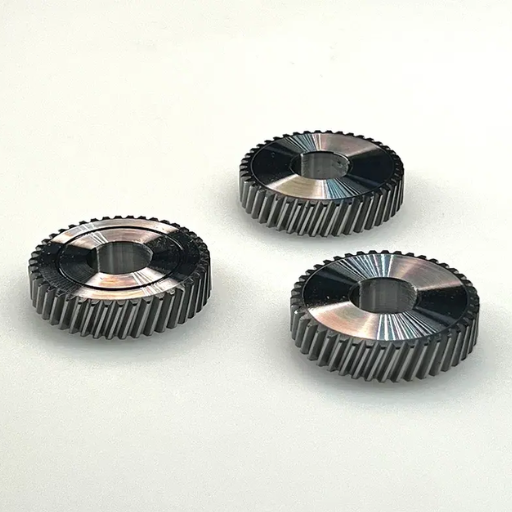
| Application Area | 304 Stainless Steel | 430 Stainless Steel |
|---|---|---|
| Food Industry | Sinks, utensils, and food processing equipment | Refrigerator panels, range hoods |
| Medical Field | Surgical instruments, implants, lab equipment | Limited use in non-critical applications |
| Automotive | Exhaust systems, trim, and structural components | Mufflers, decorative trim |
| Construction | Roofing, cladding, and architectural trim | Indoor decorative elements |
| Chemical Processing | Tanks, pipelines, reactors | Limited to mild chemical environments |
| Consumer Appliances | Dishwashers, refrigerators, and kitchen appliances | Dishwasher linings, appliance panels |
| Aerospace | Aircraft structures, engine components | Limited use in non-critical parts |
| HVAC Systems | Heat exchangers, furnace parts | Heat exchangers, ducting |
| Marine Applications | Suitable for marine environments | Not recommended for marine use |
| Decorative Use | Polished finishes for aesthetic appeal | Cost-effective decorative applications |
Common Uses of 304 Stainless Steel
- Food and Beverage Industry
304 stainless steel, due to its high resistance to rusting and easy-to-clean properties, finds numerous applications in the manufacture of kitchenware, including sinks, countertops, cutlery, and cooking vessels.
- Medical Instruments
304 stainless steel is non-permeable and thus suitable for the manufacture of surgical tools, implants, and hospital furniture, as these can be easily cleaned and sterilized.
- Chemical Processing Industries
Due to its ability to withstand the corrosive effects of typically hazardous acids, 304 stainless steel is widely used in chemical tanks, pipelines, and even tank shells.
- Construction Uses:
304 stainless steel is extensively used by contemporary architects for building fascias, tubes, and even guardrails because it combines aesthetic design with functional purposes.
- Automotive and Aerospace Parts
Since the material is robust and can withstand the effects of adverse weather conditions, it is used in the production of exhaust pipes, engines, and other components, including heat exchange units.
Common Uses of 430 Stainless Steel
- Appliances:
430 SS is most commonly used in case and appliance parts, such as refrigerators, freezers, ovens, and dishwashers, due to its resistance to corrosion and low cost.
- KITCHEN WARE:
The class of stainless steel suits kitchenware, such as spoons, forks, plates, and fryers, as it easily withstands soft tissue, food, and detergents.
- Detailing:
This is mainly because 430 stainless steel is used in decorative lights and automobiles, where it offers low cost and durability compared to other grades of materials.
- Machine.
Machines required in industries with moderate resistance to corrosion forces possess mechanical properties that are prominent in most industries, and they are inexpensive and readily available.
- containers for chemicals
Nonetheless, it can serve as a container for chemicals, shielding them from specific undesirable acids and oxidative environments.
Industry-Specific Applications
In my opinion, its use has multiple applications which are all very essential in the real sense. Durability, cost-effectiveness, and corrosion resistance make it perfect for use in the manufacture of industrial equipment, particularly in conditions where a readily available protective system is sufficient. Moreover, the effectiveness of using it as a chemical container further explains that for some organic acids, which are more oxidizing, it must be used due to the aggressive nature of the environments involved.
Advantages and Disadvantages
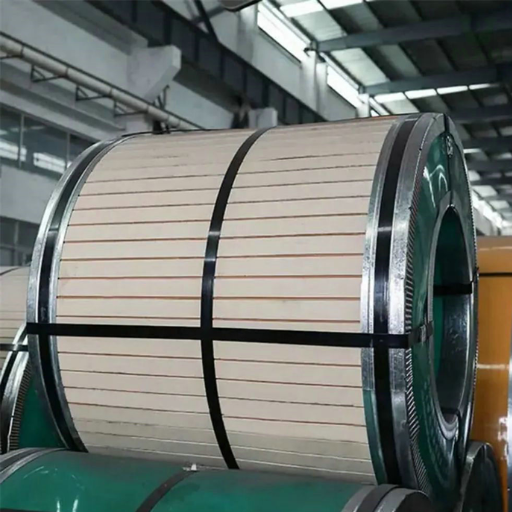
| Parameter | 304 Stainless Steel | 430 Stainless Steel |
|---|---|---|
| Corrosion Resistance | Excellent, suitable for harsh environments | Good, suitable for mild environments |
| Magnetic Properties | Non-magnetic | Strongly magnetic |
| Cost | Higher due to nickel content | Lower, budget-friendly |
| Weldability | Easy to weld | Limited weldability |
| Formability | Excellent, ideal for complex shapes | Good, ideal for simple shapes |
| Durability | High, withstands stress and harsh conditions | Moderate, suitable for light-duty applications |
| Heat Resistance | Up to 870°C | Up to 816°C |
| Applications | Food-grade, medical, marine, industrial | Appliances, automotive, decorative |
| Aesthetic Appeal | Bright, polished finish | Good polishability |
| Strength | High tensile strength | Moderate tensile strength |
Advantages of 304 Stainless Steel
Corrosion Prevention
It is not necessary to worry about 304 getting corroded in wet, chemical environments, or other types of substances, because it remains immune to corrosion even in these environments. This property enables uses in marine structures, such as those processing sea creatures, and construction plants in the chemical industry, for example.
Sanitation
304 stainless steel is widely used in the food processing industry and for kitchen utensils due to its non-porous surface, which facilitates easy cleaning.
Toughness
Due to its high tensile strength and toughness, 304 stainless steel withstands stress and strain for a longer period.
Resistance to Heat
It withstands high temperatures of up to 870°C, which makes it suitable for use in heat exchangers, industrial ovens, and other high-temperature maintenance components.
Decorative Appeal
A polished, smooth finish of 304 stainless steel enhances its appearance, making it suitable for decorative purposes, aesthetic architecture, and any product that requires a smooth and professional look.
Disadvantages of 304 Stainless Steel
Corrosion Resistance in Chloride-Containing Environments
From my observations, 304 stainless steel is susceptible to two types of corrosion: pitting and crevice corrosion, which are likely to occur when the steel remains in a high chloride-based solution for an extended period, such as seawater or de-icing agents. Therefore, its usage in marine environments or salty conditions is restricted.
Expensive Steel Compared to Conventional Steel
Additionally, 304 stainless steel is appreciated for its specifications; however, I observe that the prices are higher than those for carbon steels, which reduces its applications in low-cost designs.
A Narrow Range of Strength in High Temperatures
My point here is based on the observation that 304 stainless steel is capable of withstanding high temperatures. Still, its limit on strength leads to weakness when exposed to excessively high temperatures over prolonged periods, making it unsuitable for specific factories.
Advantages and Disadvantages of 430 Stainless Steel
| Aspect | Advantages | Disadvantages |
|---|---|---|
| Corrosion Resistance | Good in mild environments | Poor in saltwater and acidic conditions |
| Cost | Less expensive than austenitic grades | Limited applications in aggressive environments |
| Formability | Easily bent, stamped, and drawn | High work hardening rate |
| Heat Resistance | Withstands intermittent high temperatures | Not suitable for continuous high heat |
| Magnetism | Magnetic, useful for specific applications | May not suit non-magnetic needs |
| Aesthetic Appeal | Bright, reflective, and polishable | Susceptible to staining in harsh conditions |
| Weldability | Fair weldability with proper techniques | Prone to intergranular corrosion post-welding |
| Strength | Moderate tensile and yield strength | Weaker than 304 and 316 grades |
| Applications | Suitable for kitchenware, automotive, and trim | Limited for high-stress or corrosive applications |
References
- ScienceDirect:
- Microstructure evolution and corrosion behavior of dissimilar 304/430 stainless steel welded joints
- This paper explores the microstructure and corrosion behavior of welded joints between 304 and 430 stainless steel.
- ScienceDirect:
- Growth process of protective oxides formed on type 304 and 430 stainless steels at 1273 K
- This study examines the high-temperature oxidation of 304 and 430 stainless steels, focusing on the growth of protective oxides.
- SciELO:
- High temperature oxidation behavior of AISI 304 and AISI 430 stainless steels
- This research compares the high-temperature oxidation behavior of 304 and 430 stainless steels.
Frequently Asked Questions (FAQ)
What is the difference between 304 and 430 stainless steel?
304 stainless steel is an austenitic grade known for its excellent corrosion resistance and high-temperature strength, while 430 is a ferritic grade that offers moderate corrosion resistance and is often used in less demanding applications.
Which is better for outdoor use: 304 or 430 stainless steel?
304 stainless steel is better for outdoor use due to its superior corrosion resistance, making it suitable for environments exposed to moisture, chemicals, or salt. 430 stainless steel may rust in such conditions.
Is 304 stainless steel magnetic?
304 stainless steel is generally non-magnetic, although it can become slightly magnetic due to cold working processes. In contrast, 430 stainless steel is magnetic due to its ferritic structure.
What are the typical applications of 304 stainless steel?
304 stainless steel is commonly used in kitchen equipment, food processing, and chemical containers due to its excellent corrosion resistance and hygienic properties.
What are the typical applications of 430 stainless steel?
430 stainless steel is often used in automotive trim, appliances, and kitchen utensils where moderate corrosion resistance is acceptable and cost-effectiveness is a priority.
Can 430 stainless steel be used in food applications?
While 430 stainless steel can be used in food applications, it is not as ideal as 304 stainless steel due to its lower corrosion resistance. For food processing environments, 304 is the preferred choice.
How does the cost compare between 304 and 430 stainless steel?
Generally, 430 stainless steel is less expensive than 304 due to its lower nickel content and simpler manufacturing process, making it a cost-effective option for certain applications.
What is the temperature resistance of 304 vs 430 stainless steel?
304 stainless steel exhibits better high-temperature resistance than 430 stainless steel, making it suitable for applications that require heat exposure, such as exhaust systems or heat exchangers.

